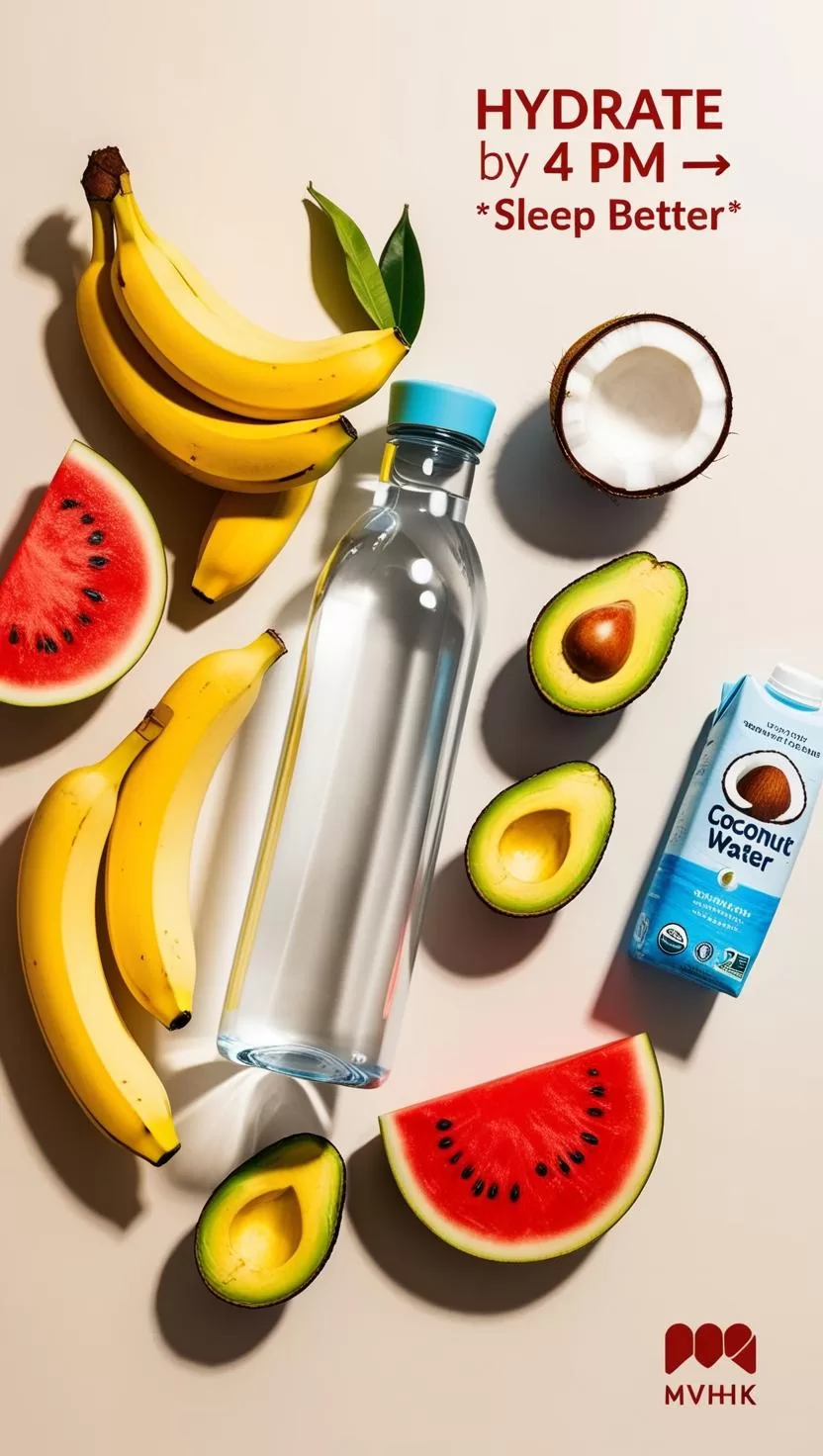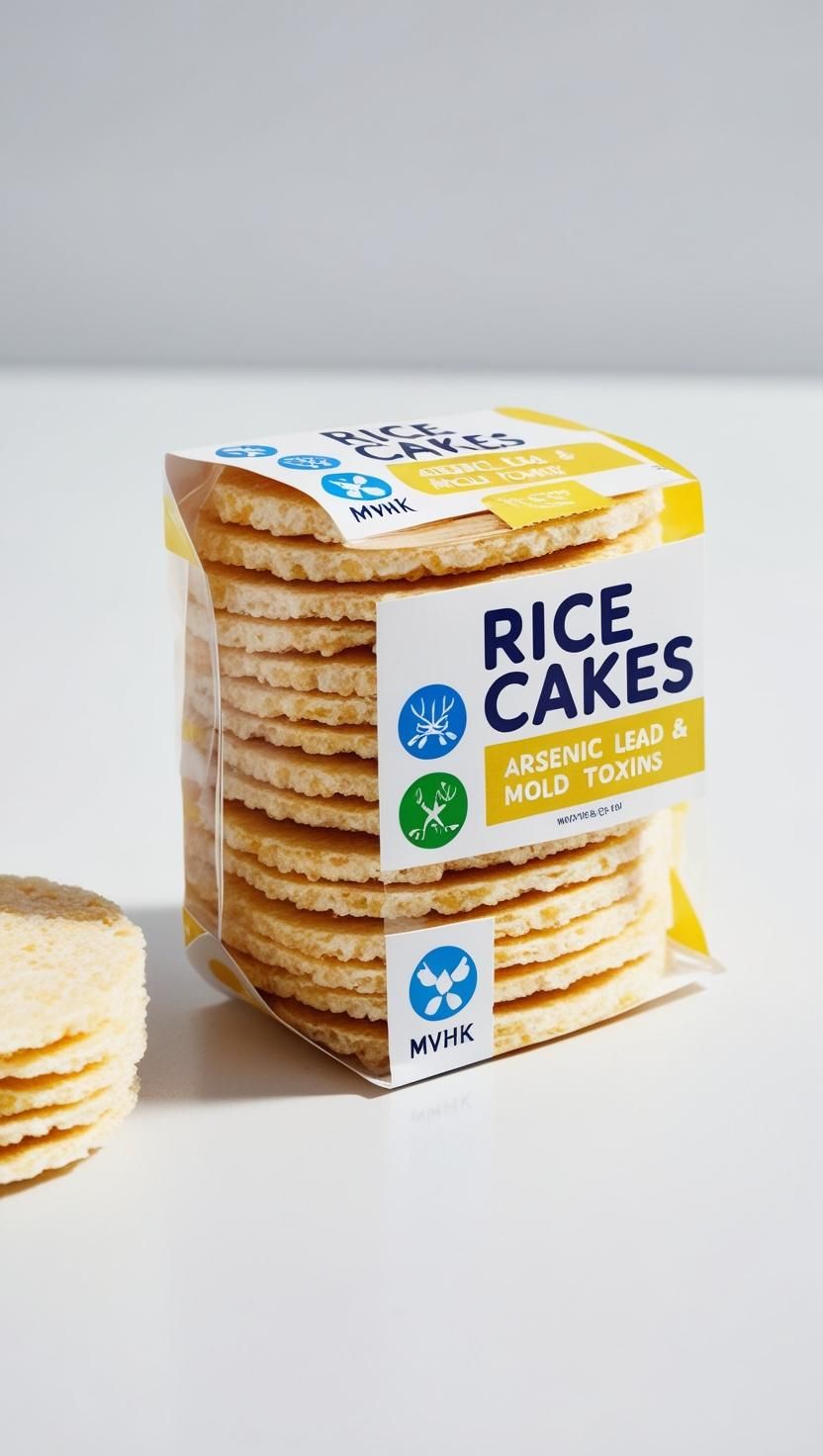Unlocking the Chagga Diet: A Natural Path to Vibrant Health After 65
The Chagga diet, rooted in the slopes of Mount Kilimanjaro, offers a refreshing approach to aging gracefully. This plant-based, anti-inflammatory eating style, centered around legumes, millet, and fermented vegetables, is gaining recognition for helping seniors over 65 maintain energy, reduce inflammation, and promote gut health. Recent studies reveal its powerful benefits — let’s dive into how the Chagga diet can become your personal wellness revolution after 65.
1️⃣ What Is the Chagga Diet — and Why Should You Care?
🌾 Subtopic 1: The Chagga People’s Longevity Secret
The Chagga are an ethnic group in northern Tanzania known for remarkable health in old age. Their diet relies heavily on what they grow: ancient grains like millet and sorghum, legumes, greens, and fermented bananas or vegetables. Most meals are steamed, boiled, or sun-dried — no deep fryers in sight.
🧠 Subtopic 2: The Science Behind Their Diet
A 2022 study published in Frontiers in Nutrition found that traditional East African diets reduced inflammatory biomarkers and improved insulin sensitivity in older populations. This makes the Chagga diet not only culturally rich, but biologically potent (source).
2️⃣ Benefits of the Chagga Diet for Adults Over 65
🔥 Subtopic 1: Anti-Inflammatory and Metabolic Support
Fermented foods (like “kimolo” – fermented banana porridge) enhance gut microbiome health, which is directly linked to lower systemic inflammation. Legumes offer resistant starch and fiber — two essential ingredients for managing blood sugar and cholesterol levels.
🦴 Subtopic 2: Bone, Brain, and Energy Boost
Millet and sorghum provide high levels of magnesium, zinc, and B vitamins, all key to energy metabolism and bone maintenance in seniors. Their low glycemic impact also supports cognitive function and reduces brain fog — a common aging complaint.
3️⃣ How to Incorporate the Chagga Diet into Your Life
🛒 Subtopic 1: Practical Foods to Try This Week
- Millet or sorghum porridge for breakfast
- Stewed cowpeas or lentils with greens for lunch
- Fermented veggies (sauerkraut, kimchi) added to dinner
- Banana or mango probiotic smoothies using kefir or plain yogurt
🧑🍳 Subtopic 2: Cooking Tips & Prep Techniques
- Use a clay pot or slow cooker to mimic traditional methods
- Embrace batch fermentation at home — it’s easier than you think
- Add spices like turmeric and ginger for a gut-friendly Chagga twist
✅ Conclusion: How to Get Started Today
Adopting the Chagga diet doesn’t mean you have to move to Kilimanjaro. Start by gradually integrating millet instead of oats, swap processed snacks for legumes, and try your hand at fermentation. Your gut, joints, and energy levels will thank you — and your golden years just might turn platinum. 🌟
🙋 FAQ
What makes the Chagga diet different from other plant-based diets?
It emphasizes traditional fermentation, ancient grains, and low-processed preparation methods which improve digestion and reduce inflammation — key for aging bodies.
Can I follow the Chagga diet if I live in the West?
Absolutely. Many components (millet, lentils, fermented foods) are readily available and easy to prepare.
How fast can I feel results?
Some report improved digestion and energy in just 1–2 weeks. Inflammatory markers improve within 4–8 weeks, according to studies.






